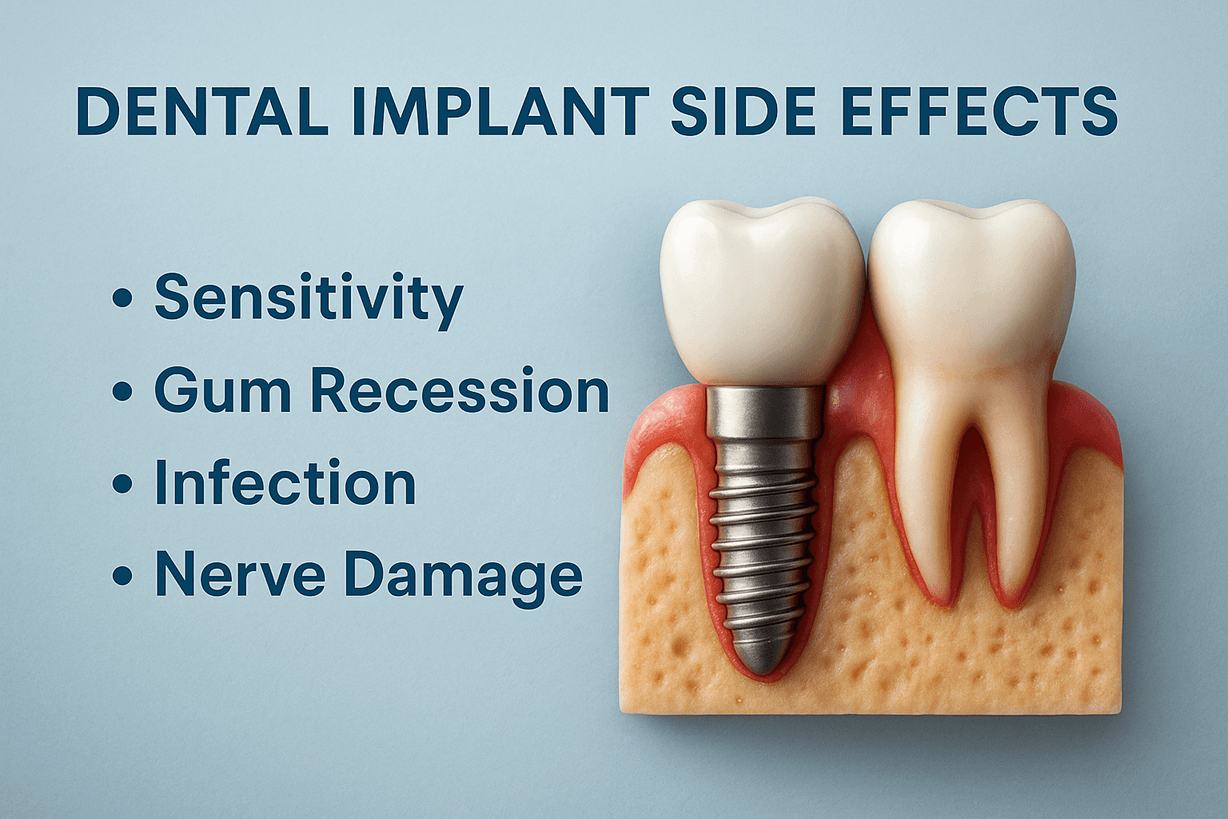Contents

Headaches are a frequent ailment that can make living difficult. They can be brought on by several things, including drinking, poor posture, and stress.
TMJ issues can also cause them, known as a TMJ headache.
In this post, we will define a TMJ headache, discuss common symptoms, how to identify one and offer some treatment methods that will provide you with some relief.
Although you use your temporomandibular joints (TMJ) frequently, you may not give them much thought.
The structures that connect your jawbone to your skull are known as joints. Your TMJ is activated every time you speak, chew, or swallow.
When your jaw joints and muscles are impaired, you have temporomandibular disease. A jaw injury, inflammation such as arthritis, or overuse are common causes.
While the exact aetiology of TMD is uncertain, it could be as simple as teeth grinding frequently.
TMD has been observed in over half of the US population, whereas TMJ pain has been documented in one out of every 10 patients.
What Causes the TMJ Headache?
TMJ muscles run along your jaw and cheekbones, and they can sometimes cause pain – even headaches.
When the muscles in your jaw tense up, such as when you grind your teeth, the discomfort can travel to other TMJ muscles along your cheekbones, as well as the sides and top of your head, resulting in a headache.
TMJ problems such as osteoarthritis, joint hypermobility, or osteoporosis can also induce TMJ headaches.
There are many different forms of headaches, but TMJ headaches are frequently coupled with other symptoms.
Here are a few examples:
Tense jaw or face muscles
Jaw or facial pain a "clicking" sound in the jaw limited jaw movement
Changes in your bite (the way your top and bottom teeth fit together)
TMJ headaches can feel like tension headaches and commonly return in one or more locations of the head and face.
Other symptoms of TMJ issues, according to the National Institute of Dental and Craniofacial Research (NIDCR), include:
Jaw muscle stiffness radiating discomfort in the jaw, neck, or face
A change in how the lower and upper teeth fit together decreased jaw movement
Locking jaw grating, cracking, or clicking in the jaw when closing or opening the mouth
According to the TMJ Association, some persons with TMJ disorders may also experience:
Eyesight problems
Tense jaw muscles
Dizziness
A bite that does not appear to be aligned
How are TMJ Headaches Treated?
More study is required to develop a safe and dependable treatment approach for a variety of TMJ illnesses, including TMJ headaches.
As a result, conservative treatments are often advised. Many therapies are relatively easy to put in place.
Changes in lifestyle
Small changes to your jaw-related behaviours, such as avoiding hard or chewy foods, can be beneficial.
Reducing stress to avoid coping behaviours such as jaw clenching and avoiding jaw motions such as wide yawning or gum chewing
Nonsteroidal anti-inflammatory medicines (NSAIDs) can help relieve jaw pain and headaches caused by TMJ. Such drugs include aspirin (Excedrin), ibuprofen (Advil), and naproxen (Aleve).
Icing your jaw may also help relieve pain.
Jaw exercises may assist you in relaxing your muscles and reducing stress.
1. Treatments Prescribed by a Doctor
- Consult your doctor if lifestyle changes and over-the-counter medications do not relieve your symptoms. They may be able to give patients stronger medications.
- Consult your doctor about further possibilities if noninvasive, conservative treatments aren't working.
- They may administer a stronger pain reliever or suggest a stabilizer splint (bite guard). Your dentist may also provide a stabilizer splint.
- A stabilization splint might also be provided by your dentist.
- TMJ splints are a standard TMJ treatment. Although they protect your teeth if you grind them, they have not been shown conclusively.
- These, like the previously stated treatments, are just temporary and reversible. They should not be regarded as long-term remedies.
2. Surgical Treatments
- Other longer-term treatments include orthodontics and other dental work to permanently correct your bite.
- None of these treatments, however, have been demonstrated to be effective.
- When looking for a long-term remedy to TMJ headaches, proceed with considerable caution.
- Because there is no board accreditation in TMJ diseases in either medicine or dentistry, it may be difficult to locate a doctor who is familiar with and experienced in treating TMJ pain and headache.
- Another option is to see a doctor at a hospital or university-affiliated pain clinic. This could be quite helpful in diagnosing the source of TMJ pain.
Final Takeaways
Headaches can be a symptom of TMJ issues, but they can also induce TMJ symptoms.
TMJ issues and headaches may have a bidirectional association, but additional research is needed to fully grasp it.
A person suffering from TMJ disorder may have jaw stiffness, pain, and headaches. Pain medicines, exercises, and heat packs are common forms of treatment.
TMJ headaches are uncomfortable, but there are various therapy options.
If you suspect you have TMJ headaches, talk to your doctor about your symptoms and any therapies you've tried to ease the pain, even if they weren't successful.
If your TMJ is to blame, treatments that target the problem can help relieve headache pain and allow you to take preventative measures to avoid future headaches.



